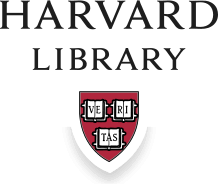Article | Open Access | Published: 5 December 2009
A new role for the Military: Preventing enemies from arising-reviving an ancient approach to Peace
| Views: | 177 | | | Downloads: | 183 |
Abstract:
The military primary job is to fully protect its country from attack by enemies, both foreign and domestic. In many countries, lives are lost and vast resources are expended in defenses against these enemies. Preventing enemies from arising would be both effective and cost-effective in establishing peace. This paper introduces a new role for the military- ‘Prevention Wings whose purpose is to prevent enemies from arising. A new approach derived from the ancient Vedic tradition and termed ‘Invincible Defense Technology (IDT),’ is supported by over 50 scientific studies indicating it can achieve this goal as well as assist in peacemaking, peacekeeping, and peace building roles. Two to three percent of a nation’s military personnel would be trained voluntarily in the primary components of IDT-the techniques known as the Transcendental Meditation® (TM®) and TM-Sidhi® programs.1 Peer-reviewed studies show that IDT reduces the collective societal stress held by many to be responsible for war, terrorism, and crime. The absence of collective stress translates into the absence of tension between the countries, religious groups, or even within individual terrorists. By applying this human resource-based, non-lethal, and non-destructive technology, it is proposed that any military can reduce societal stress and prevent enemies from arising.
Keywords:
Militray, inviacible defense technology, Transcendental meditation
Publisher:
ILMA UNIVERSITY
Published:
5 December 2009
Issue:
Issue 2 : Volume 5
E-ISSN:
2409-6520
P-ISSN:
2414-8393
This is an open access article distributed under the terms of the Creative Commons Attribution CC BY 4.0 license, which permits any use, distribution, and reproduction of the work without further permission provided the original author(s) and source are credited.














